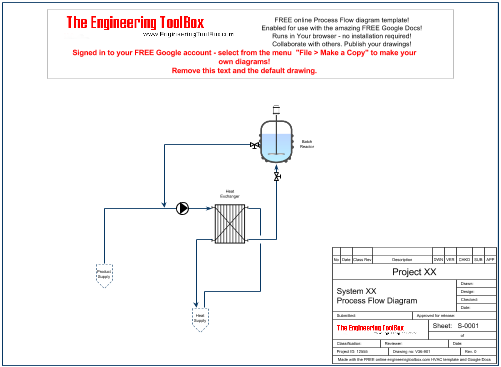

To add the property set to shapes on a drawing, select the shapes. On the drawing page, select the shape to which you would like to add data.Ĭlick in each shape data field, and type or select a value. On the Data tab, click Shape Data Window. You can now add data to components, or create and apply property sets. Reposition shapes in the diagram by dragging them. When a valve is deleted, a single pipeline replaces the split pipeline.įrom the Instruments category, drag instrument shapes onto the drawing page near the pipeline, valve, or equipment they monitor. To delete a valve from a pipeline, select the valve and press DELETE. It splits the pipeline into two identical pipelines, each of which is glued to the valve. It automatically rotates to the same orientation as the pipeline. Release the mouse button when a green square appears, indicating that the valve is glued to the pipeline. To change the type of pipeline, simply click a different pipeline shape on Pipelines and continue working in your diagram.įrom Valves and Fittings, drag valve shapes on top of pipelines. Click Connector and then on Pipelines, click the pipeline shape you want to use. This method is particularly useful when you work in large diagrams that have many connections. Tip: You can also use the Connector (located in the Home tab, Tools group) to draw pipelines. Styles control the thickness of the line, directional arrows, and other graphic symbols that indicate the type of pipe or instrument line. To change the appearance or show the flow direction of a pipeline, select the pipeline, and then select a style from the Line option on the ribbon (see Shape Styles group on the Home tab).

The endpoint of the pipeline turns green to indicate that it is connected (glued) to the equipment shape, and a connection point is created if one did not exist.ĭrag the other endpoint to another equipment shape. You can connect a pipeline to any point on the outside of an equipment shape, even if the shape has no connection point there. Use pipelines to connect major equipment.ĭrag a pipeline shape from Pipelines onto your drawing page, and then position one of its endpoints on an equipment shape. In Visio, open any of the following templates:įrom any of the Equipment categories, drag equipment shapes onto the drawing page.Īn intelligent tag number for each component appears on the diagram. A PFD is more conceptual than a P&ID, and usually includes more annotations that display data.Ĭreate a piping and instrumentation diagram PFDs show how industrial process equipment is interconnected by a system of pipelines. P&ID schematics also show the instruments and valves that monitor and control the flow of materials through the pipelines. P&IDs show how industrial process equipment is interconnected by a system of pipelines. As you modify diagrams, you can easily generate new lists.

You can add data to components in your diagrams and generate lists of equipment, pipelines, valves, and instruments. To identify components in your diagram, you can create intelligent tags. You can quickly draw P&IDs and PFDs by dragging process engineering equipment shapes onto your drawing page, connecting them with "smart" pipelines, and then dragging components, such as valves and instruments, onto the pipelines.


 0 kommentar(er)
0 kommentar(er)
